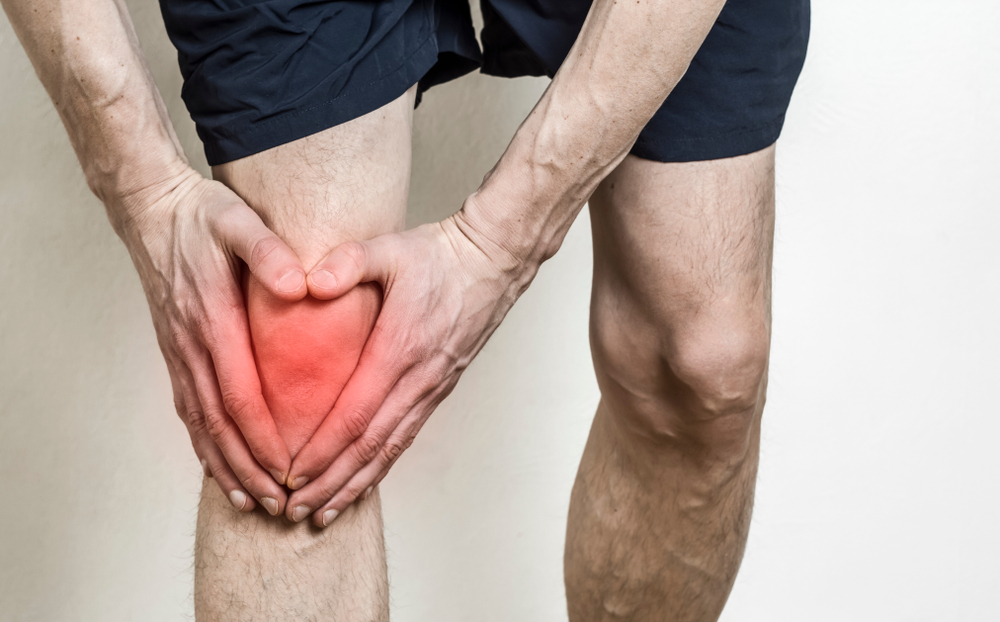Your meniscus is two curved pieces of cartilage in your knee. It acts as a shock-absorbing pad between the bones and cartilage of your thigh and lower leg. With age, these pads begin to wear away or tear. This is a degenerative meniscus tear. Meniscus tears may be painful, but many times they are not. Thankfully, exercise is an effective way for you to treat your meniscus injury.
Hundreds of thousands of people undergo surgery for meniscus tears each year. Arthroscopic partial meniscectomy is the most common. With this procedure, a small incision is made in your knee. The damaged meniscus is cut away. However, many doctors are now recommending you not have surgery to remove the damaged meniscus. Instead, exercise, weight management, and education are prescribed as the first course of treatment.
Exercise is Medicine for Meniscus Tears
A 2018 study conducted in Europe compared arthroscopic surgery and exercise to a placebo surgery and exercise. People receiving placebo surgery had a small camera inserted into their knee. But their meniscus was left untouched. The camera was removed and the incision closed up. These research participants were then prescribed an exercise program by their physical therapist. Two years later, there were no differences in pain or functional abilities between those who received the real surgery and the placebo surgery.
Other studies from The Netherlands and Norway have shown equal effectiveness between surgery and physical therapy for treating meniscus tears. These studies were also long-term studies following patients for 2 years.
Of course, there are some people with meniscus tears who benefit greatly from surgery. These are typically younger people with acute injuries and complaints of knee locking. However, for the large majority of people with meniscus tears, exercise is the first course of treatment. The following 5 exercises are examples of what might be included in an early rehab program at BSR.
Quadriceps Isometric Set
This exercise minimizes quadriceps muscle loss. The quadriceps muscle is important for everyday activities like standing up from a chair and climbing steps. The quadriceps set also restores full knee straightening. Normal walking requires a fully straight knee.
To perform the quadriceps set, begin with your knee straight. Place a small towel roll under your heel. Push the back of your knee down towards the floor while simultaneously tightening the front of your thigh. Hold the contraction for 10 seconds and perform 10 repetitions.
Heel Slides
The heel slide helps restore your knee bending. This is important to sit comfortably and climb stairs. Begin with your knee extended and a long towel, belt, or stretch-out strap around your foot. Next, gently slide your heel towards your hip until you feel a mild stretch in your knee. Hold the stretch for 10 seconds and perform 10 repetitions.
Bridge + Hamstring Curl
This exercise strengthens your hamstring muscle on the back of your thigh and knee. Some of the muscle fibers of the hamstrings actually attach to your meniscus.
Begin lying on your back with an exercise ball under your lower legs. Perform a bridge by pushing your buttocks up from the floor. Hold the bridge position and curl your feet towards your hips. Pause for 2 seconds. Maintain the bridge as you return your legs to the extended position. Finally, lower your buttocks down to the floor. This completes 1 repetition. Perform 8 to 10 repetitions for multiple sets each day.
1-Leg Band Kicks
Stability on 1-leg is important for anyone with a meniscus injury. The band kicks train balance and stability on 1-leg. This involves the co-contraction of your quadriceps, hamstrings, and glutes.
Begin with a resistance band loop around your ankles. Stand on the injured leg. Your other leg performs repeated band kicks to the front, side, and back without touching your foot down. It is important to maintain an upright vertical trunk as you perform the kicks. As your balance and stability improve, increase the speed of each kick.
Step Up
Difficulty climbing stairs is a common complaint for people with meniscus injuries. It is important to retrain muscular control of stepping up and down on the injured leg.
Start by stepping with your injured leg up onto a 6 to 8-inch step. Flex your uninjured leg and bear full weight on your injured leg. Pause 2 seconds at the top. Return your uninjured leg to the floor followed by your injured leg. Perform 8 to 12 repetitions for multiple sets.
Exercising with a Meniscus Tear
Meniscus tears in the knee can be painful and annoying. Not everyone has to suffer. These 5 exercises are only a small sample of the types of exercises that can help you. Start on your road to recovery today.
Your physical therapist will continually assess your injury and progress your exercise program based on your goals. The objective is to decrease pain and restore function as quickly and safely as possible. Contact us today if you have questions about which treatments are right for you.

